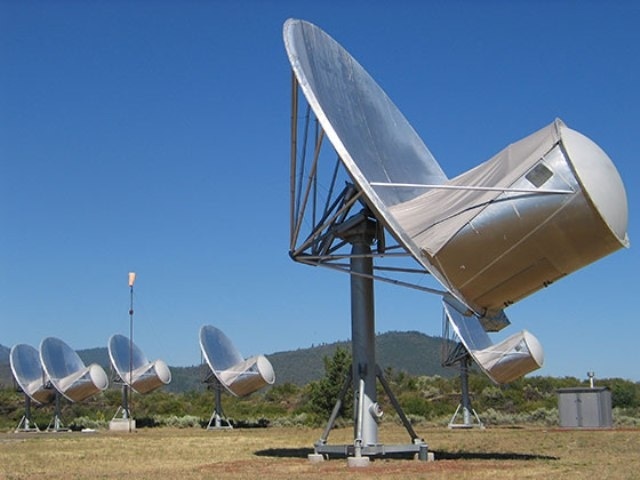Mar 31 2016
The SETI Institute has inaugurated a greatly expanded hunt for deliberately produced radio signals that would indicate the presence of extraterrestrial intelligence. Over the course of the next two years, it will scrutinize the vicinities of 20,000 so-called red dwarf stars.
 SETI Institute announces comprehensive survey of Red-dwarf stars for signs of extraterrestrial intelligence. (Photo: Business Wire)
SETI Institute announces comprehensive survey of Red-dwarf stars for signs of extraterrestrial intelligence. (Photo: Business Wire)
“Red dwarfs – the dim bulbs of the cosmos – have received scant attention by SETI scientists in the past,” notes Institute engineer Jon Richards. “That’s because researchers made the seemingly reasonable assumption that other intelligent species would be on planets orbiting stars similar to the Sun.”
This conservative assessment was bolstered by the argument that few planets were likely to be found in the habitable zone of a red dwarf star, simply because that zone is far narrower than for brighter stars like the Sun. Additionally, any worlds that were in this zone would be orbiting so close to their suns that they would quickly become tidally locked – with one hemisphere perpetually facing the star. It was assumed that this would produce a planet that was intolerably hot on one side, and brutally cold on the other, ruling it out as an abode for life.
However, more recent research has indicated that, if these worlds have oceans and atmospheres, heat would be transported from the lit side to the dark, and a significant fraction of the planet would be habitable. In addition, exoplanet data have suggested that somewhere between one sixth and one half of red dwarf stars have planets in their habitable zones, a percentage comparable to, and possibly greater, than for Sun-like stars.
“Significantly, three-fourths of all stars are red dwarfs,” notes SETI Institute astronomer Seth Shostak. “That means that if you observe a finite set of them – say the nearest twenty thousand – then on average they will be at only half the distance of the nearest twenty thousand Sun-like stars.”
Closer stars mean that any signals would be stronger.
Also, red dwarfs burn for a period of time that’s greater than the current age of the universe: every red dwarf ever born is still shining today. They are, on average, billions of years older than stars than Sun-like stars.
“This may be one instance in which older is better,” Shostak says. “Older solar systems have had more time to produce intelligent species.”
The search is being conducted on the SETI Institute’s Allen Telescope Array, located in the Cascade Mountains of northern California. This grouping of 42 antennas can currently observe three stars simultaneously.
“We’ll scrutinize targeted systems over several frequency bands between 1 and 10 GHz,” says Institute scientist Gerry Harp. “Roughly half of those bands will be at so-called ‘magic frequencies’ – places on the radio dial that are directly related to basic mathematical constants. It’s reasonable to speculate that extraterrestrials trying to attract attention might generate signals at such special frequencies.”
The new red dwarf survey is planned to take two years. Targets are being chosen from a list of approximately 70,000 red dwarfs compiled by Boston University astronomer Andrew West. The search will also incorporate relevant new data as generated by NASA’s TESS (Transiting Exoplanet Survey Satellite) project, which will examine nearby stars, including red dwarfs, for planets.